On Friday 13 January 2017, Thomas Pesquet – the French astronaut currently flying over our heads in the International Space Station – performed a successful spacewalk. If you followed the resulting comments and questions on social media, you may have noticed questions such as ‘’could the ‘Gravity movie scenario’ happen during Thomas spacewalk?’
Such questions are understandable, and the space sector shares these concerns.
As Thomas Pesquet, says in an extract from the French documentary on space debris ‘SOS débris spatiaux’: ‘’Future satellites will have to take account of the reality of space debris’’.
For years now, space actors have been changing the way they look at space. It was once regarded as an essentially infinite place, into which nations could launch as many objects as they wished. It took some time to realise that it is not entirely the case; the key regions of interest for many missions are not actually all that numerous – and they are already crowded.
Space actors are now well aware of the issue, and understand that one of the most efficient way to reduce the proliferation of debris is to apply space debris mitigation measures. As a result, international guidelines have been developed to ensure that future missions will not freely produce further pieces of debris. Some states have even gone a step further by implementing national laws, as with France’s ‘Loi relative aux operations spatiales’ which entered force in 2009.
ESA’s Clean Space initiative is leading the development of technologies for future satellites to ensure their compliance with all existing guidelines and requirements. CleanSat – the name of this project – encompasses the development of technologies within three main fields:
- Deorbiting systems – allow satellites to leave their orbit at the end of their mission
- Passivation – the technologies that will discharge all leftover stored energy
- Design for Demise – solutions that will speed up the burn of the spacecraft when reentering in the atmosphere in such a way that almost the entire satellite will disappear before reaching Earth
These three fields have been identified by ESA, the European Large System Integrators and equipment suppliers as the areas where efforts to innovate would have the highest impact in terms of reducing debris production levels.
A few months ago, we published an article that explains why these fields are important and their related proposed solutions: CleanSat, reshaping future satellites
Clean Space is also developing a mission that will deorbit a large piece of debris from orbit. Indeed, according to scientists, if, on top of applying mitigation measures, one removes 5 large objects from very populated orbits a year, one can stabilise the environment.
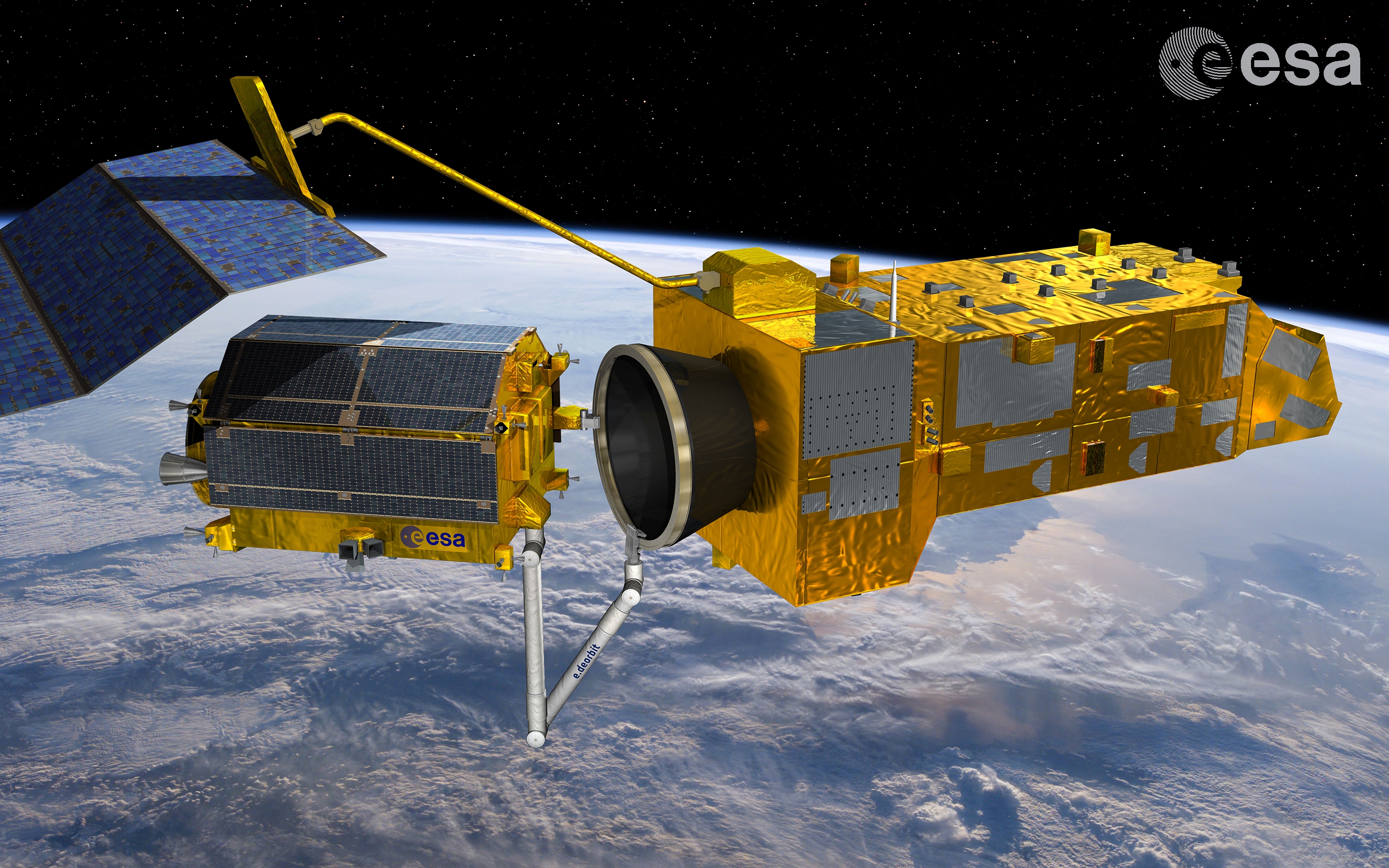
e.Deorbit clamping the target
Copyright: ESA-David Ducros
ESA will launch the world’s first active space debris removal mission in 2024: the e.Deorbit mission. This requires the development of the various advanced technologies required to make the mission feasible, from autonomous guidance to advanced images processing, along with a suitable capture mechanism.
The previous blog post – e.Deorbit: pushing the boundaries of space technologies – gives a full picture of what the mission looks like and what technologies are being developed to succeed the active debris removal mission.
- Watch the trailer of ‘SOS Space Debris‘
- Read the articles on e.Deorbit and CleanSat
- Follow us on Twitter: @ESAcleanspace
- Find other Clean Space articles
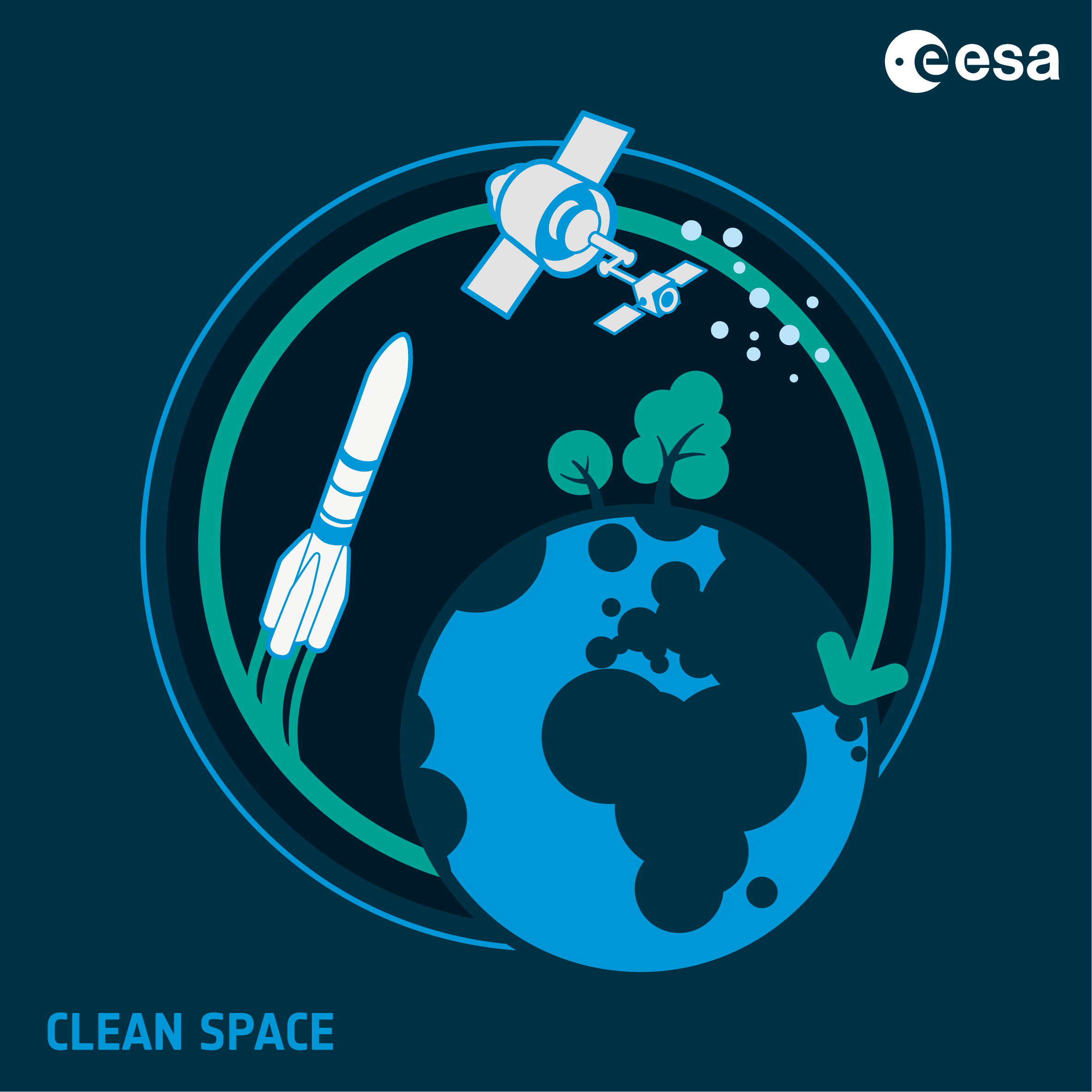

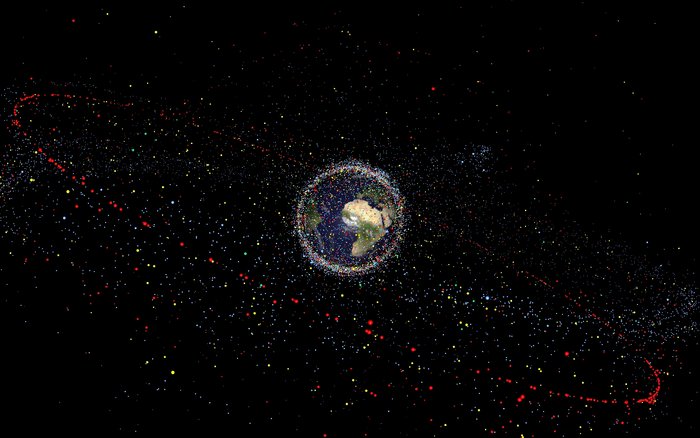
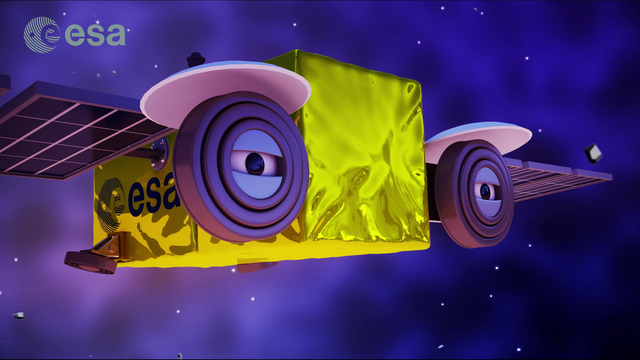
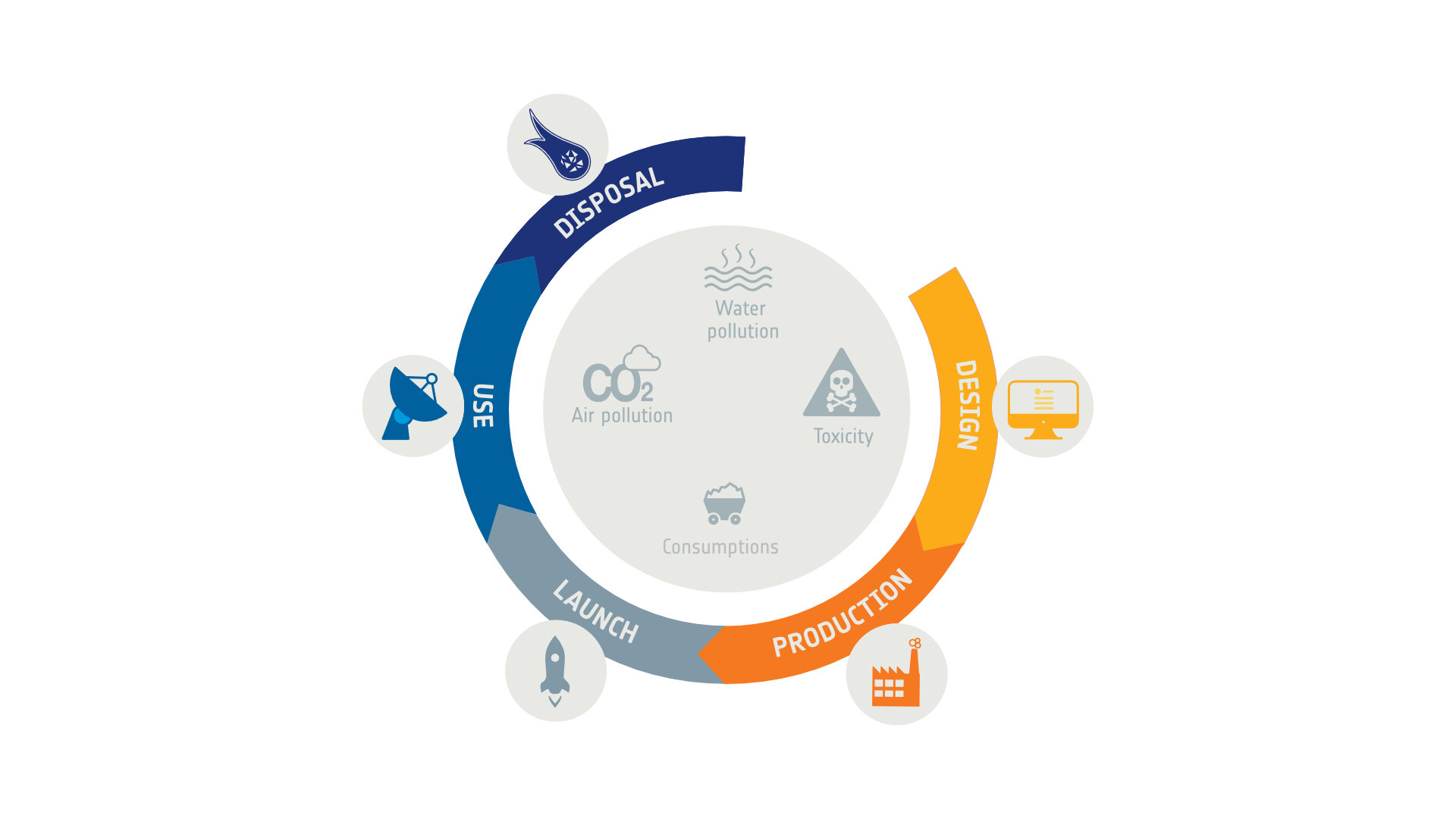
Discussion: no comments